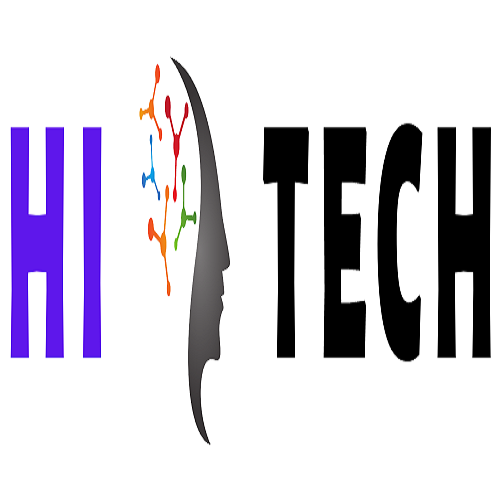Introduction:
In
today's digital age, the amount of textual data generated and processed on a
daily basis is staggering. From business documents and research papers to legal
contracts and social media posts, text is everywhere. But with such vast
amounts of text to analyze and extract meaningful insights from, manual
processing can be time-consuming, error-prone, and inefficient. This is where
text scanners come into play, offering a powerful solution for processing large
volumes of text quickly and accurately.
Text Scanners:
Text
scanners are software applications or tools that use optical character
recognition (OCR) technology to convert printed or handwritten text into
machine-readable text. These scanners can analyze text in various formats,
including printed documents, scanned images, PDF files, and even text embedded
within images. The scanned text can then be processed, analyzed, and extracted
for various purposes, such as data mining, information retrieval, sentiment
analysis, language translation, and more.
Advantages of Text Scanners:
One
of the key advantages of using text scanners is their ability to process text
data at scale. Traditional manual text processing methods can be
time-consuming, especially when dealing with large volumes of text. However,
text scanners can quickly scan and extract text from thousands or even millions
of pages in a matter of minutes, significantly reducing the time and effort
required for text analysis.
Benefit of Text Scanners:
Another
significant benefit of text scanners is their accuracy. OCR technology has come
a long way in recent years, and modern text scanners are capable of achieving
high accuracy rates, often exceeding 90% or even 95%. This level of accuracy
ensures that the extracted text is reliable and can be used for various
applications, such as data analysis, machine learning, and business
intelligence.
Versatility:
Text
scanners are also versatile in terms of their applications. They can be used in
various industries and domains, including but not limited to finance, healthcare,
legal, academia, marketing, and customer service. For example, in the legal
industry, text scanners can help automate the extraction of relevant
information from legal documents, such as contracts and case files, saving
valuable time and resources. In the healthcare industry, text scanners can
assist in extracting important medical data from patient records or research
papers, aiding in medical research and decision-making. In marketing, text
scanners can analyze customer feedback from social media posts, customer
reviews, and surveys, providing insights into customer sentiments and
preferences.
Efficiency and Accuracy:
In
addition to their efficiency and accuracy, text scanners also offer advanced
features that enhance their capabilities. For example, some text scanners can
recognize multiple languages, making them suitable for processing multilingual
text data. Others may offer natural language processing (NLP) capabilities,
allowing them to analyze the sentiment, tone, and context of text data, which
can be valuable in social media monitoring or brand reputation management. Some
text scanners also offer customization options, allowing users to train the
scanner with domain-specific data, making it more accurate and relevant for
specific use cases.
Uses of Text Scanners:
One
area where text scanners are particularly useful is in data mining and
information retrieval. With the proliferation of digital content, businesses
and researchers often need to sift through massive amounts of text data to
identify relevant information. Text scanners can quickly scan and extract key
data points, such as names, dates, addresses, and keywords, from documents,
websites, or other text sources. This allows businesses to streamline their
data collection process, saving time and resources, and enabling them to make
data-driven decisions more efficiently.
In Sentiment Analysis:
Text
scanners also play a crucial role in sentiment analysis, which involves
determining the emotional tone and sentiment expressed in text data. Sentiment
analysis is widely used in areas such as market research, brand management, and
customer service, as it helps businesses understand customer opinions,
preferences, and feedback. Text scanners can analyze large volumes of customer
reviews, social media posts, or other text data, and categorize them as
positive, negative, or neutral sentiments, providing valuable insights for
businesses to tailor their strategies accordingly.
In Language Translation:
Another
domain where text scanners are invaluable is in language translation. With
globalization, businesses often deal with multilingual text data, such as
documents in different languages or user-generated content from international
customers. Text scanners with multilingual capabilities can automatically
detect the language of the text and translate it into the desired language,
saving time and effort in manual translation tasks. This is particularly useful
for businesses with global operations or researchers who need to analyze text
data from diverse language sources.
Limitations:
Despite
their many benefits, text scanners do have some limitations. One limitation is
the accuracy of OCR technology, which can be affected by factors such as image
quality, font type, and language complexity. Handwritten text or documents with
complex layouts can also pose challenges for text scanners. However,
advancements in OCR technology are continuously improving the accuracy and
reliability of text scanners, making them increasingly capable of handling
complex text data.
Conclusion:
In
conclusion, text scanners are powerful and efficient tools for processing large
volumes of text data quickly and accurately. They offer numerous benefits,
including their ability to process text data at scale, their high accuracy
rates, and their versatility in various industries and domains. With advanced
features, customization options, and ongoing advancements in OCR technology,
text scanners are becoming indispensable for businesses, researchers, and
professionals who deal with large amounts of textual data. As the demand for
text analysis continues to grow, text scanners are poised to play an
increasingly crucial role in unlocking insights from the vast amount of text
data available in today's digital world.








0 Comments